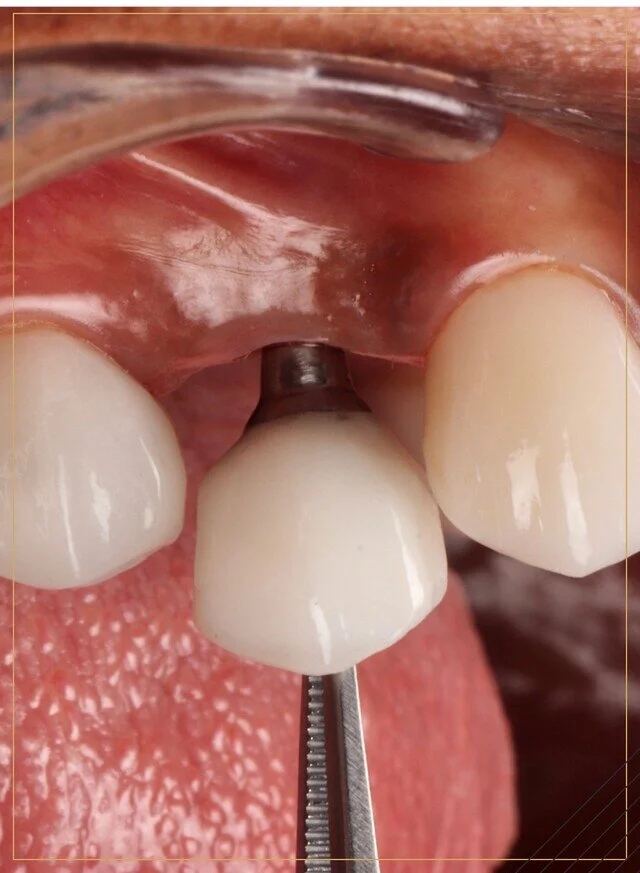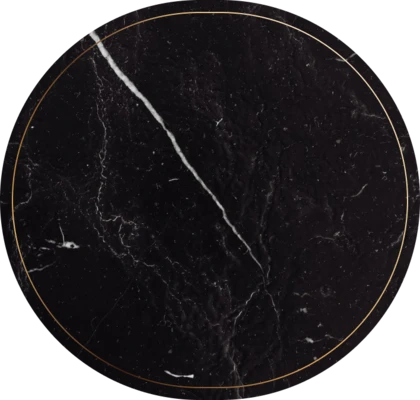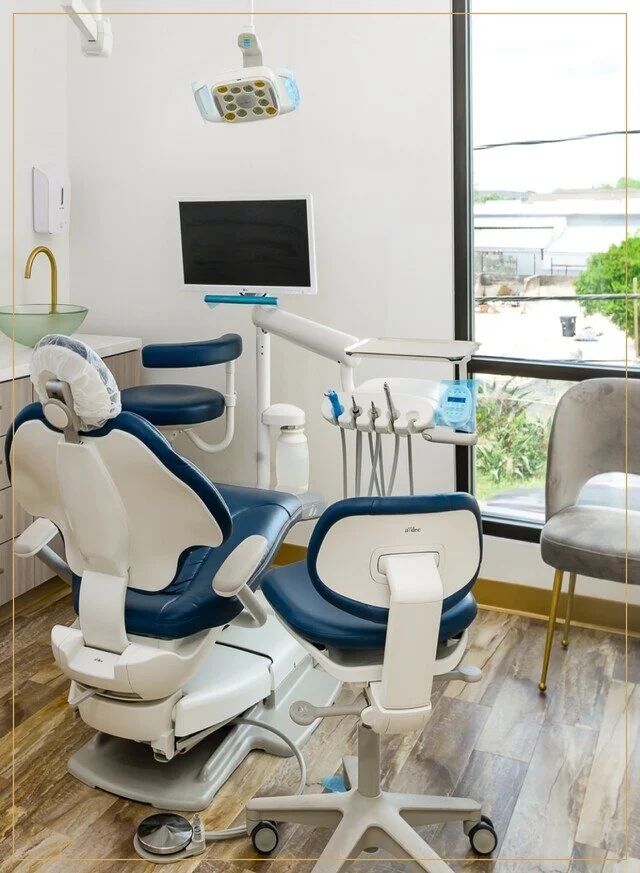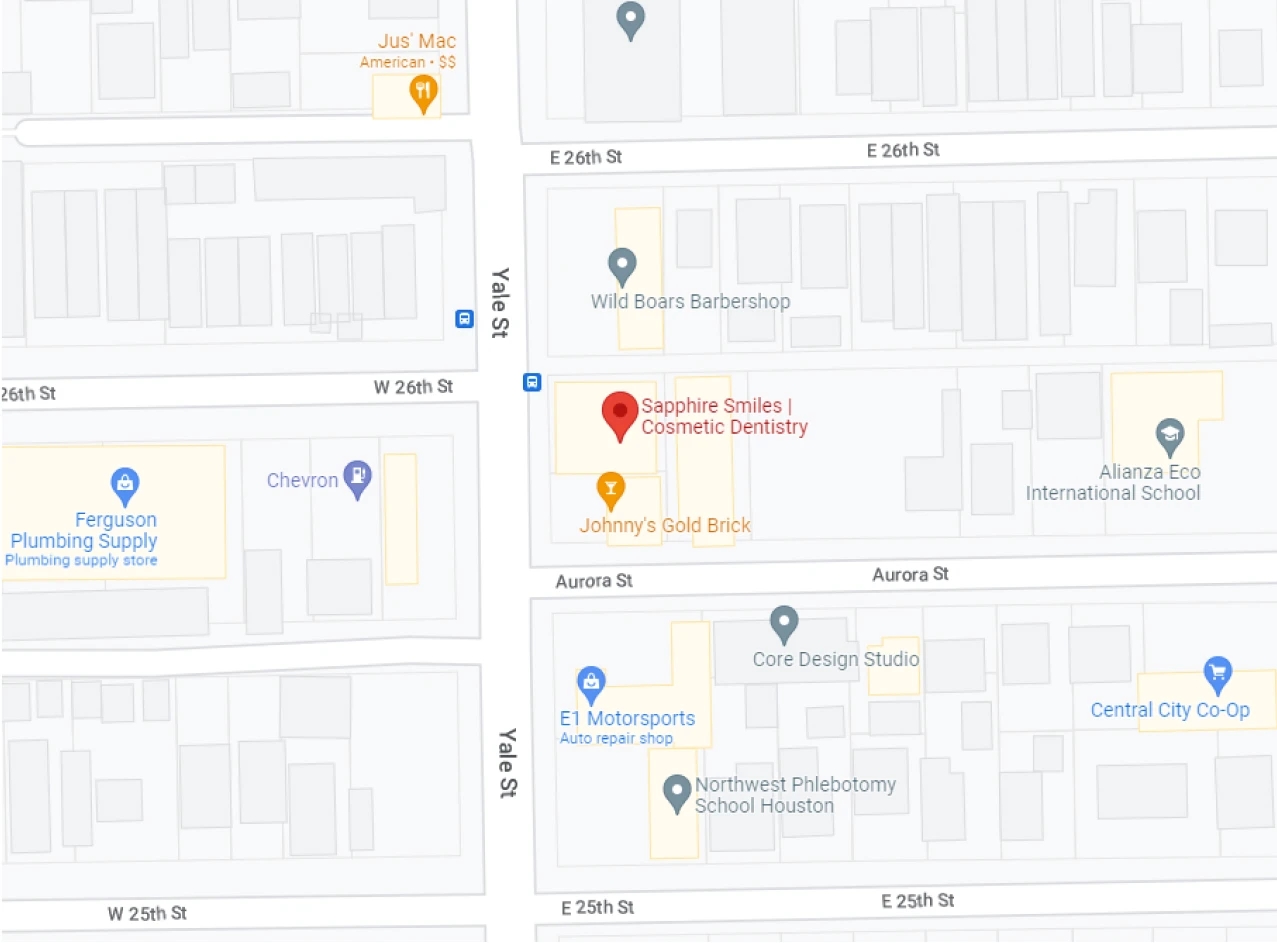What Sets Us Apart
A smile makeover can be intimidating. But when you trust your implant dentist in Houston, it makes the process easier.
At Sapphire Smiles, Dr. Mary and Dr. Antoun have built a practice based on open communication and strong relationships with patients. We do everything we can to answer your questions, whether over the phone, in the office, or via virtual consultation.
Our attention to detail helps us provide the best care possible. There is no cookie-cutter treatment; every patient has unique needs and concerns. Dr. Mary and Dr. Antoun listen to your concerns and considers them when creating your personalized treatment plan.
We want you to feel confident that we're designing a smile you'll be proud of. That’s why we use advanced technology, like CT scanners, intraoral cameras, Exocad design software, and lasers, to provide the highest-quality results every time.


























